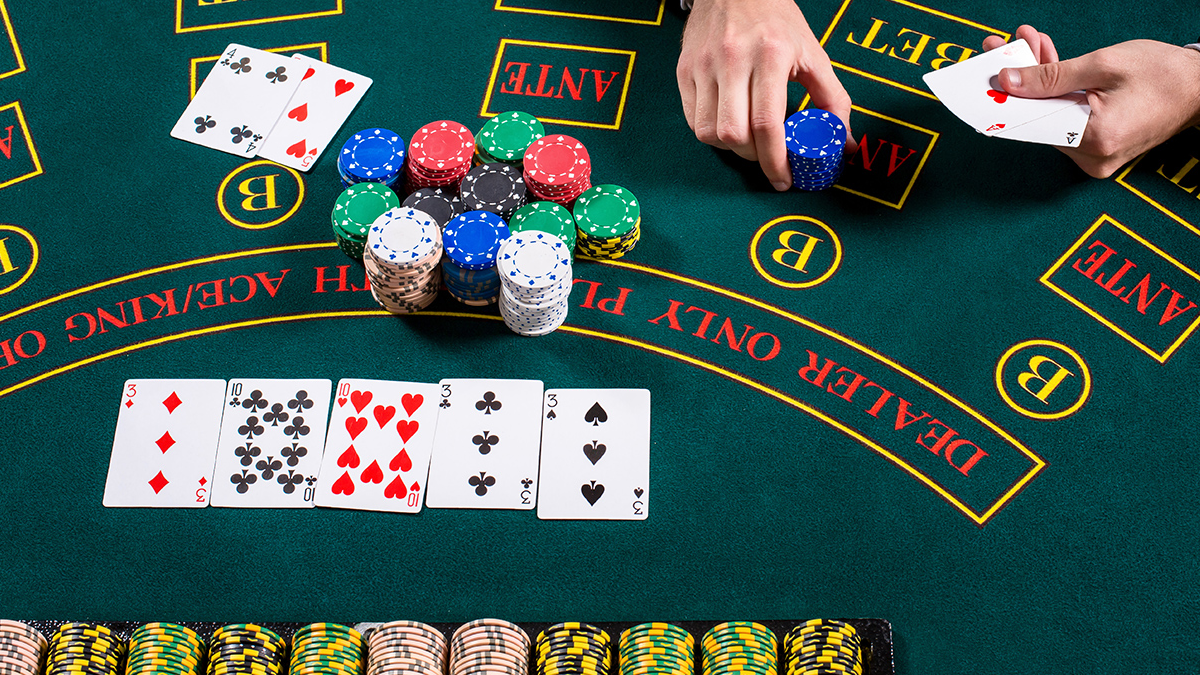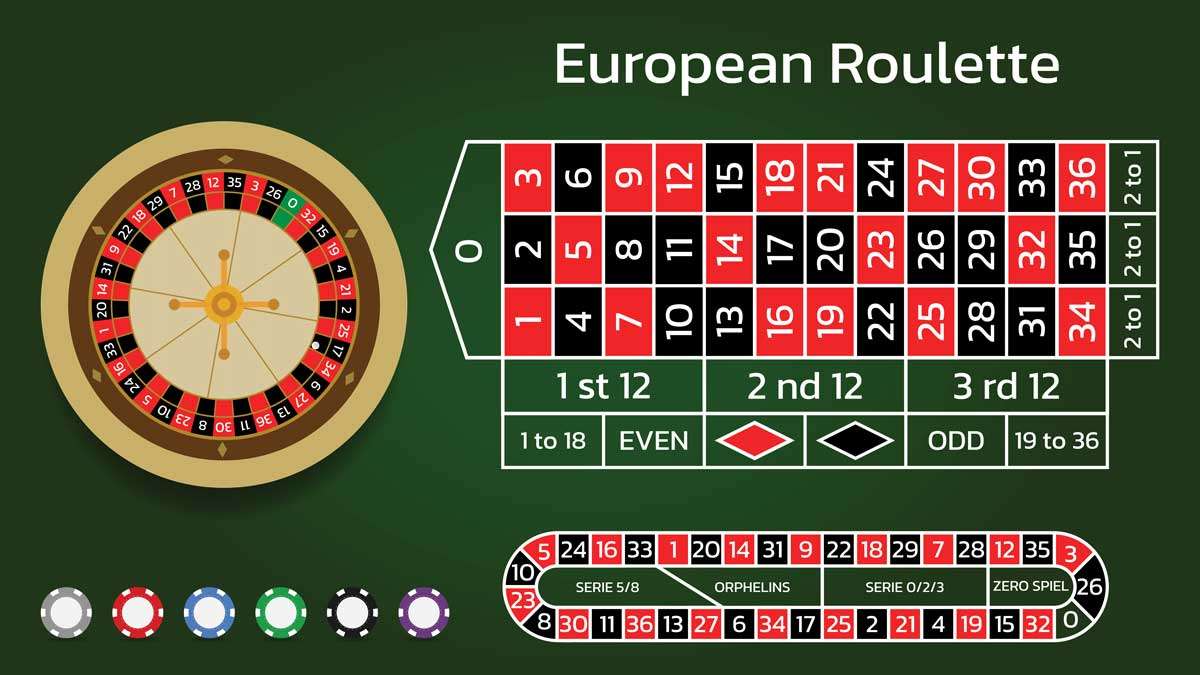Modern slot machines are sophisticated mathematical instruments, engineered with precise probability calculations that determine everything from jackpot frequency to small win distributions. Understanding the mathematics behind these machines reveals how casinos balance profitability with player engagement, and why transparency in these calculations matters more than ever.
How Do Slot Machines Actually Calculate Winning Odds?
The mathematical foundation of every slot machine lies in its probability matrix—a complex calculation that determines the likelihood of each possible combination appearing on the reels. Unlike the mechanical slots of yesteryear with fixed physical limitations, today’s digital machines can be programmed with virtually any mathematical configuration.
Each symbol on each reel has a specific weighting—the probability of it being selected when the reels stop. A cherry symbol might have a 1-in-10 chance of appearing on reel one, but only a 1-in-50 chance on reel five. These weightings are carefully calculated to achieve the desired overall payout percentage whilst maintaining an engaging play experience.
The machine’s software uses a Random Number Generator (RNG) to select outcomes, but the RNG operates within the predetermined probability framework. When you press the spin button, the RNG has already determined your result based on these mathematical weightings—the spinning reels are merely a visual representation of a calculation that’s already complete.
What Exactly Is RTP and How Does It Affect Your Chances?
Return to Player (RTP) represents the percentage of all money wagered on a slot machine that will theoretically be returned to players over an extended period. A machine with a 96% RTP will, over millions of spins, return £96 for every £100 wagered, keeping £4 as profit for the casino.
However, RTP doesn’t mean you’ll lose £4 for every £100 you spend in a single session. The figure represents a long-term statistical average across potentially millions of plays. In any individual session, you might win significantly more than the RTP suggests, or lose your entire stake without a single meaningful win.
The mathematics behind RTP involves calculating the expected value of every possible outcome. For example, if a jackpot pays £10,000 with odds of 1-in-50,000, its contribution to the RTP is £10,000 ÷ 50,000 = £0.20 per spin. Every symbol combination contributes similarly to the overall RTP calculation.
Can Casinos Adjust RTP Settings for the Same Slot Game?
Yes, and this is where slot mathematics becomes particularly complex from a player perspective. Most modern slot machines offer casinos multiple RTP configurations for the same game. A popular title might be available in 94%, 96%, and 98% RTP versions, with identical graphics, sounds, and bonus features but entirely different mathematical profiles.
These variations aren’t simply a matter of adjusting one percentage—changing the RTP requires recalibrating the entire probability matrix. The 94% version might have slightly lower odds of triggering bonus rounds, reduced multiplier frequencies, or adjusted symbol weightings across all reels. Every mathematical element must be rebalanced to achieve the new target RTP whilst maintaining the game’s entertainment value.
Casinos choose RTP settings based on various factors: location within the casino, target customer demographics, local competition, and regulatory requirements. A machine near the entrance might operate at higher RTP to create visible wins and attract players, whilst machines in premium areas might run lower RTPs targeting serious gamblers less concerned with payout percentages.
How Transparent Are These RTP Settings to Players?
Transparency varies dramatically depending on jurisdiction and operator policies. In the UK, the Gambling Commission requires operators to make RTP information “easily accessible” to players, though the specific interpretation of this requirement varies considerably between venues.
Online casinos typically offer the greatest transparency, often displaying RTP percentages prominently in game information screens or help sections. Many online operators publish comprehensive RTP tables listing every game’s payout percentage, updated regularly as new titles are added or configurations changed.
Physical casinos present more challenges for transparency. Some progressive venues display RTP information on digital screens near machine clusters or provide it upon request at customer service desks. However, many traditional casinos provide minimal RTP disclosure, requiring players to specifically request this information or research it independently.
The situation becomes more complex when casinos adjust RTP settings periodically. A machine might operate at 96% RTP during peak hours but switch to 94% during quieter periods—a practice that’s perfectly legal but rarely communicated to players in real-time.
What Impact Does RTP Variation Have on Playing Strategy?
Understanding RTP mathematics should fundamentally inform playing strategy, though many players remain unaware of these variations. The difference between a 94% and 98% RTP machine might seem modest, but over extended play, it represents a significant shift in expected losses.
On a £1 spin, the 94% machine expects to retain 6p whilst the 98% machine retains only 2p—a threefold difference in house edge. Over 1,000 spins, this translates to expected losses of £60 versus £20 respectively. For regular players, these differences compound substantially over time.
However, RTP doesn’t tell the complete mathematical story. Volatility—the variance in win sizes and frequencies—plays an equally crucial role. A high-volatility 94% RTP machine might offer better chances of significant wins than a low-volatility 98% RTP machine, depending on your playing style and bankroll management approach.
Mathematical analysis suggests that players benefit most from seeking high-RTP, low-volatility machines for extended play sessions, whilst high-volatility options might suit players seeking larger but less frequent wins despite potentially lower RTPs.
Are There Mathematical Patterns Players Should Understand?
Several mathematical principles affect slot machine outcomes that casual players often misunderstand. The gambler’s fallacy—believing that past results influence future outcomes—has no basis in slot mathematics. Each spin is mathematically independent, with identical odds regardless of previous results.
Hot and cold streaks are natural mathematical phenomena in random systems, not indicators of machine behaviour. A machine that hasn’t paid a jackpot recently isn’t “due” for one, just as a machine that’s recently paid out isn’t less likely to pay again. The mathematics remain constant regardless of recent history.
Understanding expected value calculations helps players make informed decisions. If a progressive jackpot reaches a level where the expected value exceeds the machine’s base RTP, it becomes mathematically advantageous to play—though this requires knowing the jackpot odds, which aren’t always transparent.
How Do Bonus Features Affect the Mathematical Equation?
Modern slots incorporate complex bonus features that significantly complicate the underlying mathematics. Free spins, multipliers, pick-me games, and cascading reels each contribute to the overall RTP calculation in intricate ways.
These features often represent a substantial portion of the machine’s RTP—sometimes 30-40% or more. The base game might operate at a much lower RTP, with bonus rounds providing the mathematical boost needed to reach the advertised percentage. This creates a playing experience where regular spins feel less rewarding, but occasional bonus triggers provide significant payouts.
The mathematics of bonus features also influence volatility dramatically. Machines with complex bonus systems tend toward higher volatility, as players experience longer periods of smaller wins punctuated by substantial bonus round payouts.
What Should Players Know About Progressive Jackpot Mathematics?
Progressive jackpots introduce additional mathematical complexity, as a portion of each wager contributes to an ever-growing prize pool. The base game RTP might be lower to accommodate this contribution, but the progressive element theoretically compensates through occasional massive payouts.
However, progressive mathematics favour the casino significantly. The jackpot odds are typically astronomical—often millions to one—meaning that whilst one lucky player eventually wins a life-changing sum, thousands of others contribute to the prize without any chance of winning it.
Understanding these mathematics helps players make informed decisions about progressive play, recognising that they’re essentially purchasing lottery tickets with entertainment value rather than engaging in conventional gambling with predictable mathematical expectations.
The mathematics behind slot machines represent sophisticated probability engineering designed to balance casino profitability with player engagement. Whilst complete transparency remains inconsistent across the industry, understanding these mathematical principles empowers players to make more informed decisions about their gaming choices.


